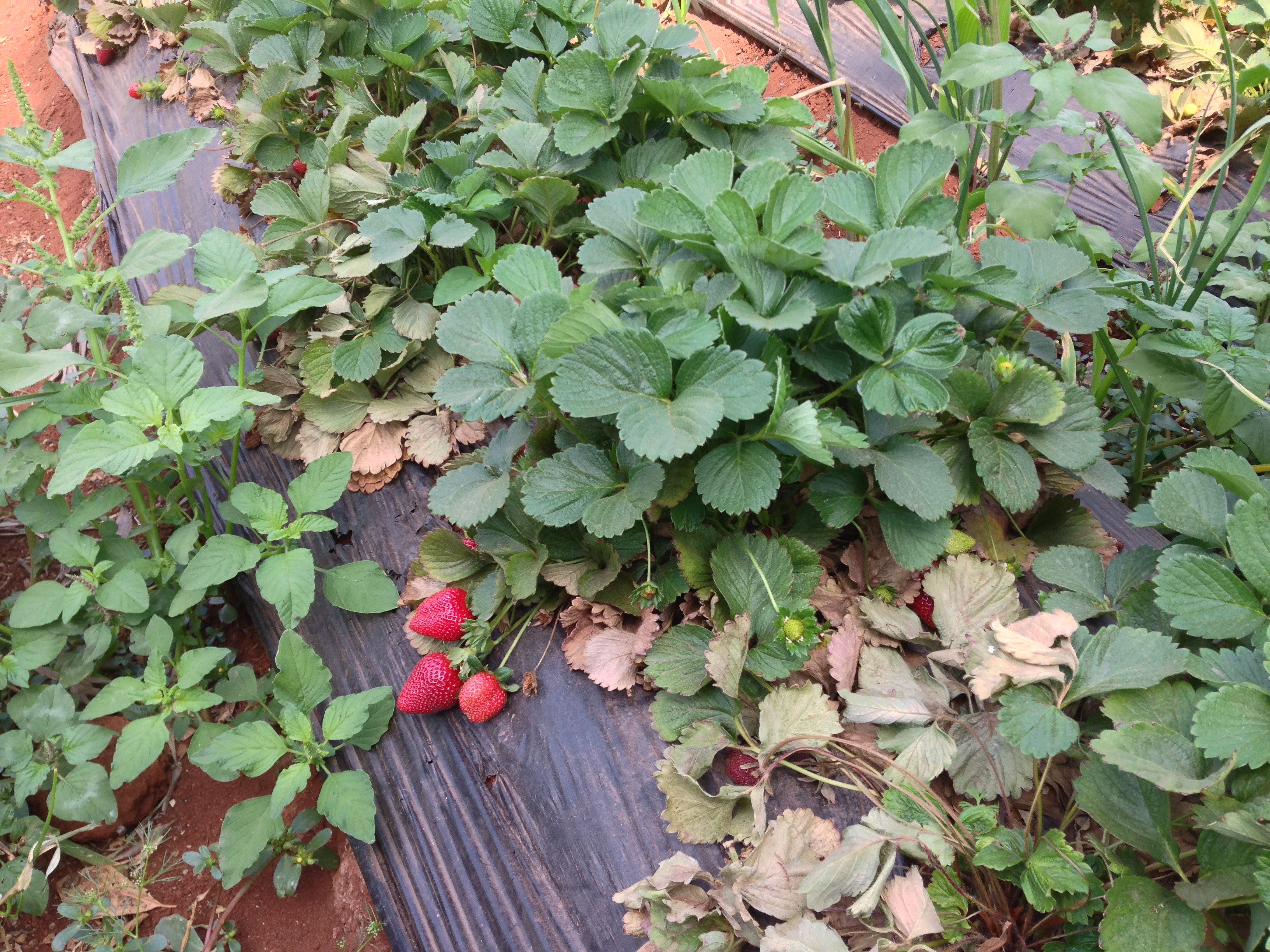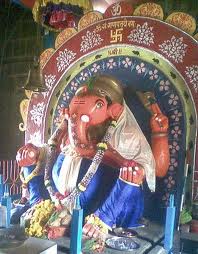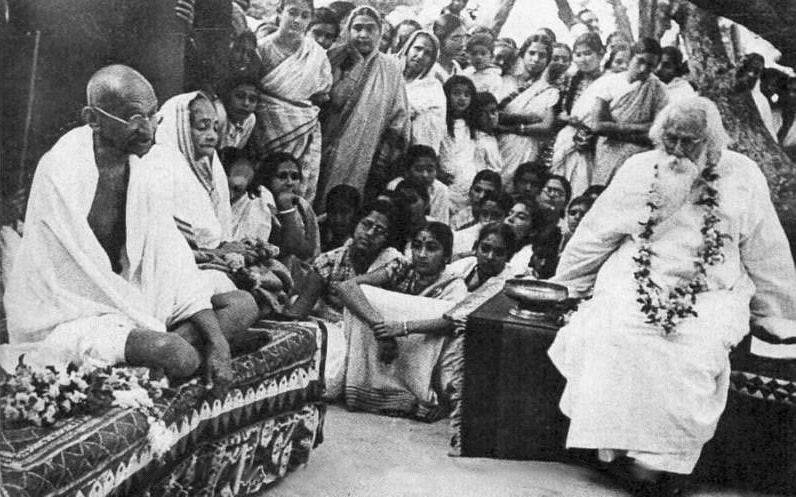|
Panchgani
Panchgani, called Paachgani (पाचगणी in Marathi), is a hill station and municipal council in Satara district in Maharashtra, India. Panchgani attracts tourists throughout the year. It is also known for having many residential educational institutions. Panchgani is around 108 kilometres from Pune and 250 kilometres from Mumbai. History Panchgani was developed by the British during the British Raj as a summer resort under the supervision of Lord John Chesson in the 1860s. Panchgani was developed as a retirement place because it remained pleasant throughout the year. He surveyed the hills of this region with Rustomji Dubash, and finally decided on this nameless area around the five villages: Dandeghar, Godavali, Ambral, Khingar, and Taighat. The place was aptly named Panchgani, meaning "land between five villages", and Chesson was made superintendent. To develop the infrastructure, Chesson encouraged various professionals - tailors, dhobis, butchers, vegetable vendors ... [...More Info...] [...Related Items...] OR: [Wikipedia] [Google] [Baidu] |
Rustomji Bomanji Billimoria
Rustomji Bomanji Billimoria was an Indian physician, social worker, and the founder of ''Bel-Air Hospital'', a tuberculosis sanatorium at Panchgani, a hill station in Maharashtra. Born on 13 May 1882 in Mumbai to Bomanji Jamshedji Billimoria as the youngest of his four children, Billimoria took up medicine as his profession and, in 1912, established a sanatorium for treating tuberculosis at Dalkeith in Panchgani. The facility has grown over the years to become a 250-bedded healthcare centre and is managed by Indian Red Cross Society. He was married to Gulestan Rustom Billimoria, a known social worker and a Padma Bhushan recipient. The Government of India awarded him the third highest civilian honour of the Padma Bhushan The Padma Bhushan is the third-highest civilian award in the Republic of India, preceded by the Bharat Ratna and the Padma Vibhushan and followed by the Padma Shri. Instituted on 2 January 1954, the award is given for "distinguished service ..., in 1961, for ... [...More Info...] [...Related Items...] OR: [Wikipedia] [Google] [Baidu] |
New Era High School
The New Era High School (or NEHS) is located in Panchgani, a hill station town known as an educational centre, in the state of Maharashtra, India. It is a private co-educational international Baháʼí school, drawing students from all over the world and is under the supervision of the National Spiritual Assembly of the Baháʼís of India. History It was founded in August 1945, and was one of the first Baháʼí education projects in India. In the 1970s and 1980s, the school setup programmes to assist the poor and underdeveloped villages in the region. It started as a service project for students and evolved into a separate institution known as the New Era Development Institute in 1987. The National Spiritual Assembly of Norway established an institution - Norwegian Agency for International Development Cooperation - and in 1988 it began a working relationship with the institute, with support for a two-year rural community development program. In 1989, funding was extended t ... [...More Info...] [...Related Items...] OR: [Wikipedia] [Google] [Baidu] |
Kimmins High School
Kimmins High School is a girls' boarding school in Panchgani in the state of Maharashtra, India, founded in 1898. It was founded as the "sister" school of Queen Mary School, Mumbai, providing boarding school capability for girls who could not attend Queen Mary's as day students. History Under the leadership of its founder, Miss Alice Emilie Kimmins, many buildings were completed over various periods. For 15 out of 23 years in Panchgani, she was involved in getting buildings planned and made. Notable alumni * Protima Bedi Protima Gauri Bedi (12 October 1948 – 18 August 1998) was an Indian model turned Odissi exponent. In 1990, she established Nrityagram, a dance school in hesarghatta Bangalore. Early life Protima was born in Delhi,''Time Pass: The Me ... - dancer''Time Pass : The Memoirs of Protima Bedi'', Biographical info: ‘Early Years’. p.11. * Jenny Bhatt - author * Maria van der Linden, née Tarasiewicz - author References External links * {{coor ... [...More Info...] [...Related Items...] OR: [Wikipedia] [Google] [Baidu] |
Wai, Maharashtra
Wai (Pronunciation: �aːi) is a town in Satara district of Maharashtra state in India. Located on the Krishna River, Wai was a prominent town during the Peshwa era. Two important Maratha Brahmin from ruling families had their origins here: Rani Lakshmibai of Jhansi ( Tambe family) and Gopikabai, wife of Nanasaheb Peshwa (Raste family). Locally prominent families such as the Raste, Ranade, Phadnavis etc. built several architecturally significant temples in Wai. 400 years old Mandhradevi Kalubai temple is about 12 kilometers from Wai on a hill 718 metres above sea level. In recent decades, Wai has become a popular location for filming Bollywood and Marathi movies, with over 300 films have been shot in and near Wai. History Wai has the epithetic name "Dakshin Kashi" (Kashi or Varanasi of the South) because of the city's more than 100 temples. Wai is known in Maharashtra for its ghats on the banks of the Krishna River and its temples, especially the Dholya ganapati temple on Ga ... [...More Info...] [...Related Items...] OR: [Wikipedia] [Google] [Baidu] |
Dhom Dam
Dhom Dam is an earthfill and gravity dam on Krishna river near Wai in state of Maharashtra in India. Its co-ordinates are 17.9815° N, 73.7954° E. Specifications The height of Dhom Dam above the lowest foundation is 50 meters (160 ft, see box) while the length is . The volume of Dhom Dam is . Gross storage capacity is 13.80 TMC or . (please see talk page) Purpose * Irrigation- The construction of the Dhom Dam started in 1976. It was created to supply of water for agriculture, for industries, and to supply drinking water for Wai, Panchgani-Mahabaleshwar and the surrounding villages on the bank of dam. The Dhom Dam also supplied water for agriculture for Wai, Koregaon, Satara, Javli and Khandala talukas. The catchment area dams the Krishna River and forms the Dhom Lake which is approximately 20 km (11 mi) in length. Completed in 1982, it is one of the largest civil engineering projects commissioned after Indian independence. The Dhom electricity project is ... [...More Info...] [...Related Items...] OR: [Wikipedia] [Google] [Baidu] |
Satara District
Satara district (Marathi pronunciation: Help:IPA/Marathi, [saːt̪aɾaː]) is a Districts of Maharashtra, district of Maharashtra state in western India with an area of and a population of 3,003,741 of which 14.17% were urban (). Satara (city), Satara is the capital of the district and other major towns include Medha, Wai, Maharashtra, Wai, Karad, Koregaon, Man, Vikramgad, Maan, Koynanagar, Rahimatpur, Phaltan, Mahabaleshwar, Vaduj and Panchgani. This district comes under Pune Administrative Division along with Pune District, Pune, Sangli District, Sangli, Solapur District, Solapur and Kolhapur district, Kolhapur. The district of Pune District, Pune bounds it to the north, Raigad District, Raigad bounds it to the north-west, Solapur District, Solapur the east, Sangli District, Sangli to the south, and Ratnagiri District, Ratnagiri to the west. The Sahyadri, Sahyadri range, or main range of the Western Ghats, runs north and south along the western edge of the district, separating ... [...More Info...] [...Related Items...] OR: [Wikipedia] [Google] [Baidu] |
States And Territories Of India
India is a federal union comprising 28 states and 8 union territories, with a total of 36 entities. The states and union territories are further subdivided into districts and smaller administrative divisions. History Pre-independence The Indian subcontinent has been ruled by many different ethnic groups throughout its history, each instituting their own policies of administrative division in the region. The British Raj mostly retained the administrative structure of the preceding Mughal Empire. India was divided into provinces (also called Presidencies), directly governed by the British, and princely states, which were nominally controlled by a local prince or raja loyal to the British Empire, which held ''de facto'' sovereignty ( suzerainty) over the princely states. 1947–1950 Between 1947 and 1950 the territories of the princely states were politically integrated into the Indian union. Most were merged into existing provinces; others were organised into ... [...More Info...] [...Related Items...] OR: [Wikipedia] [Google] [Baidu] |
Shantiniketan
Santiniketan is a neighbourhood of Bolpur town in the Bolpur subdivision of Birbhum district in West Bengal, India, approximately 152 km north of Kolkata. It was established by Maharshi Devendranath Tagore, and later expanded by his son, Rabindranath Tagore whose vision became what is now a university town with the creation of Visva-Bharati.Pearson, WW.: ''Santiniketan Bolpur School of Rabindranath Tagore'', illustrations by Mukul Dey, The Macmillan Company, 1916 History In 1863, Debendranath Tagore took on permanent lease of land, with two ( Alstonia scholaris) trees, at an annual payment of Rs. 5, from Bhuban Mohan Sinha, the talukdar of Raipur, Birbhum. He built a guest house there and named it ''Shantiniketan'' (the abode of peace). Gradually, the whole area came to be known as Shantiniketan.Basak, Tapan Kumar, ''Rabindranath-Santiniketan-Sriniketan (An Introduction)'', p. 2, B.B.Publication Binoy Ghosh says that Bolpur was a small place in the middle of the 19th ... [...More Info...] [...Related Items...] OR: [Wikipedia] [Google] [Baidu] |
Tibet Plateau
The Tibetan Plateau (, also known as the Qinghai–Tibet Plateau or the Qing–Zang Plateau () or as the Himalayan Plateau in India, is a vast elevated plateau located at the intersection of Central, South and East Asia covering most of the Tibet Autonomous Region, most of Qinghai, western half of Sichuan, Southern Gansu provinces in Western China, southern Xinjiang, Bhutan, the Indian regions of Ladakh and Lahaul and Spiti (Himachal Pradesh) as well as Gilgit-Baltistan in Pakistan, northwestern Nepal, eastern Tajikistan and southern Kyrgyzstan. It stretches approximately north to south and east to west. It is the world's highest and largest plateau above sea level, with an area of (about five times the size of Metropolitan France). With an average elevation exceeding and being surrounded by imposing mountain ranges that harbor the world's two highest summits, Mount Everest and K2, the Tibetan Plateau is often referred to as "the Roof of the World". The Tibetan Platea ... [...More Info...] [...Related Items...] OR: [Wikipedia] [Google] [Baidu] |
Sanatorium
A sanatorium (from Latin '' sānāre'' 'to heal, make healthy'), also sanitarium or sanitorium, are antiquated names for specialised hospitals, for the treatment of specific diseases, related ailments and convalescence. Sanatoriums are often located in a healthy climate, usually in the countryside. The idea of healing was an important reason for the historical wave of establishments of sanatoriums, especially at the end of the 19th- and early 20th centuries. One sought for instance the healing of consumptives, especially tuberculosis (before the discovery of antibiotics) or alcoholism, but also of more obscure addictions and longings, of hysteria, masturbation, fatigue and emotional exhaustion. Facility operators were often charitable associations such as the Order of St. John and the newly founded social welfare insurance companies. Sanatoriums should not be confused with the Russian sanatoriums from the time of the Soviet Union, which were a type of sanatorium resort r ... [...More Info...] [...Related Items...] OR: [Wikipedia] [Google] [Baidu] |






